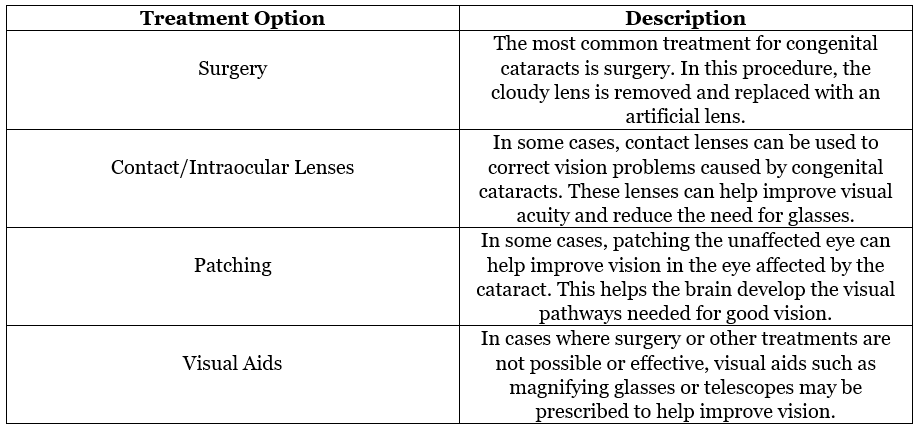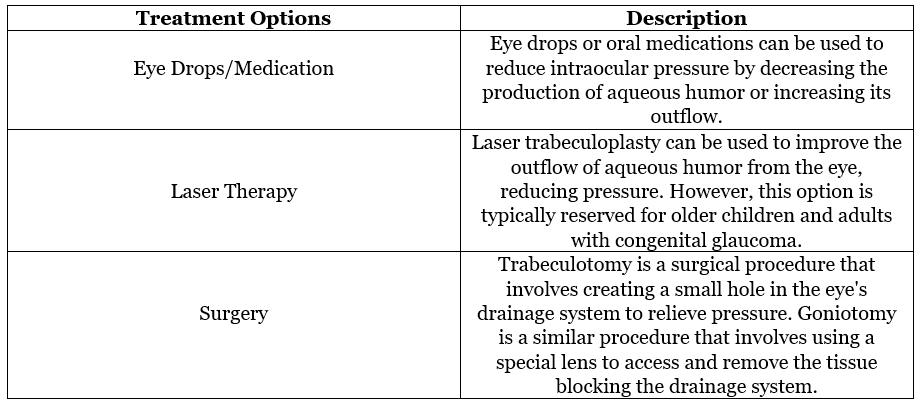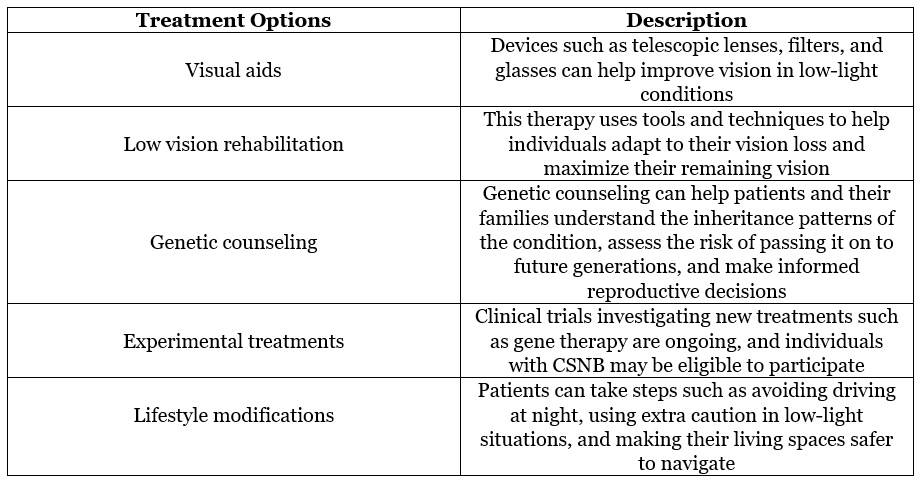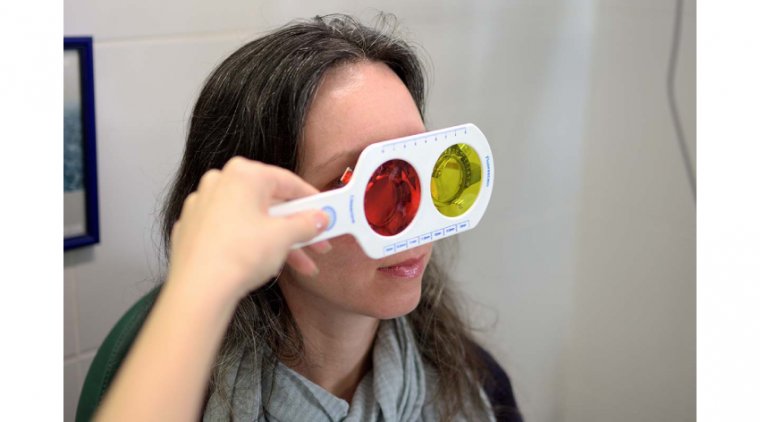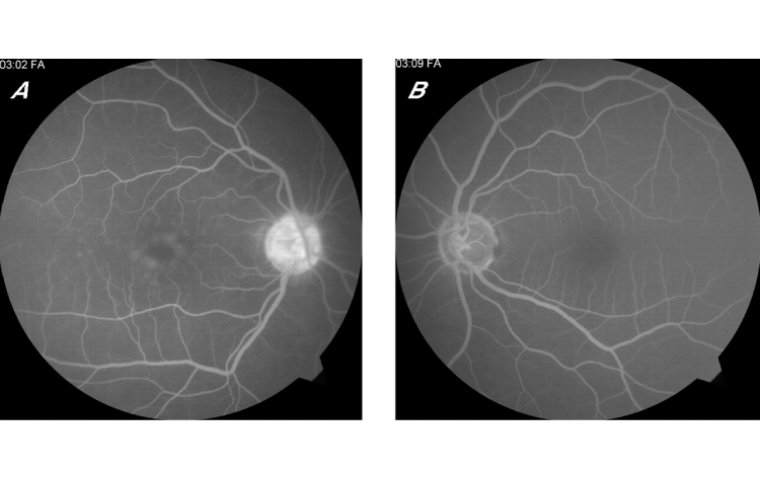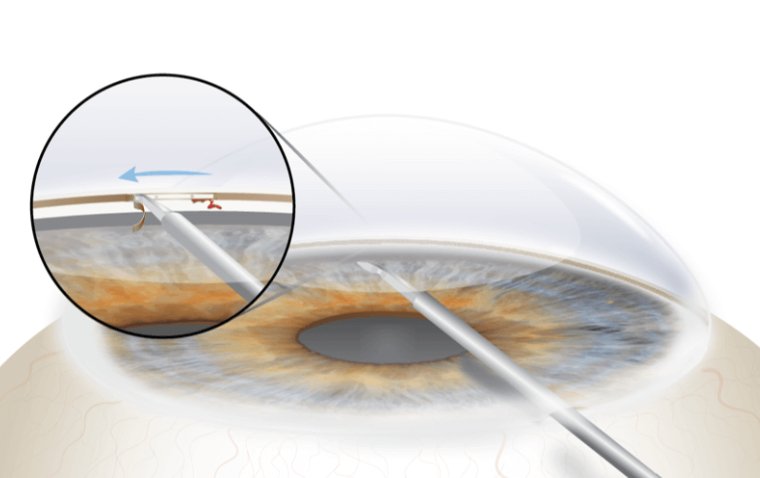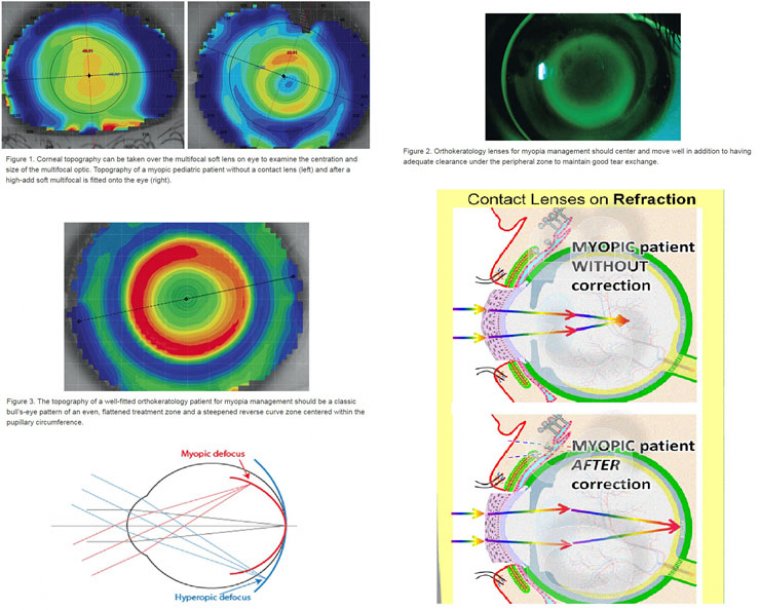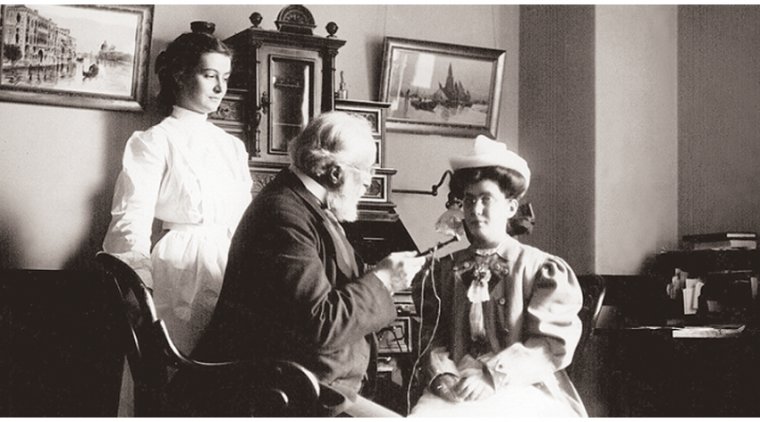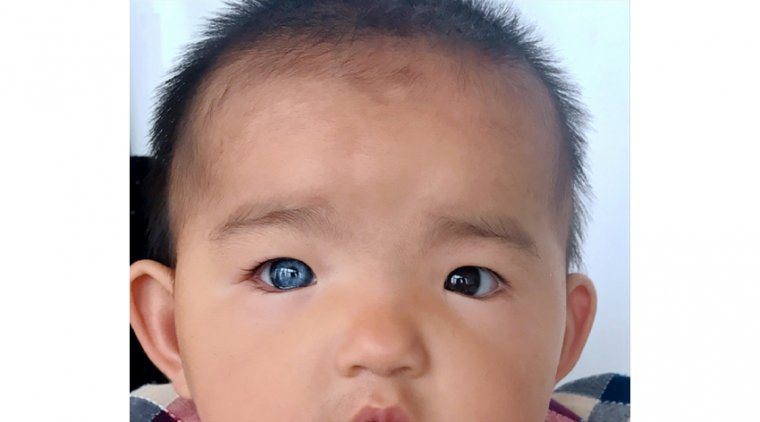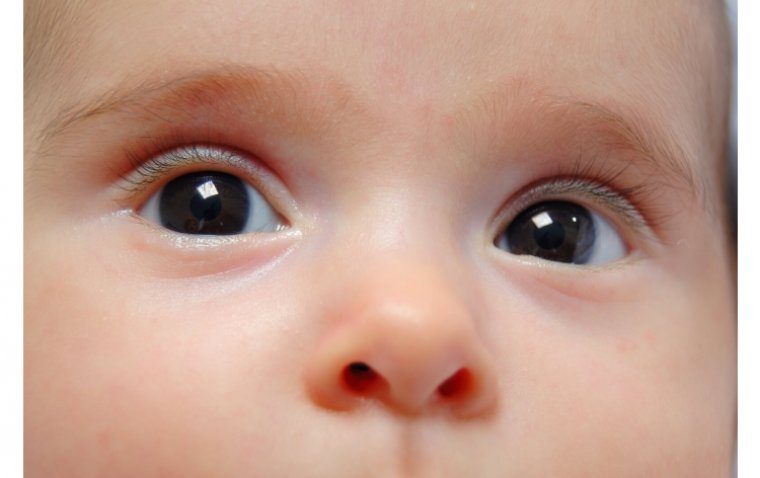
Congenital Eye Diseases: Causes, Symptoms, and Management
Congenital eye diseases are conditions that affect infants and are present at birth. These conditions can lead to vision impairment and blindness if not properly treated. Three of the most common congenital eye diseases are congenital cataracts, congenital glaucoma, and congenital stationary night blindness. In this article, we will discuss the causes, symptoms, and treatment options for these conditions.
1. Congenital Cataracts
Congenital cataracts are characterized by the clouding of the eye's natural lens. This condition can occur in one or both eyes and can lead to vision problems if not treated. The cause of congenital cataracts is often unknown, but it can be associated with genetics or a maternal infection during pregnancy. Some of the symptoms of congenital cataracts include poor vision, sensitivity to light, and the appearance of a white or gray pupil.
Treatment Options for Congenital Cataracts
2. Congenital Glaucoma
Congenital glaucoma is a condition that occurs when there is an increase in the pressure inside the eye, which can damage the optic nerve and lead to vision loss. The cause of congenital glaucoma is often genetic, and it can occur in one or both eyes. Symptoms of congenital glaucoma include tearing, sensitivity to light, and enlarged eyes.
Treatment Options for Congenital Glaucoma
Treatment options for congenital glaucoma include eye drops, surgery, or a combination of both. The goal of treatment is to reduce the pressure inside the eye and prevent further damage to the optic nerve. Early diagnosis and treatment are crucial in preventing vision loss.
3. Congenital Stationary Night Blindness
Congenital stationary night blindness is a condition where individuals have difficulty seeing in low light or darkness. This condition is often inherited, and the symptoms can vary depending on the severity of the disease. Some of the symptoms include poor night vision, difficulty seeing in dimly lit areas, and slow adaptation to changes in light.
Management of Congenital Stationary Night Blindness
There is no cure for congenital stationary night blindness, but there are some options to manage the symptoms.
In conclusion, congenital eye diseases can have a significant impact on an infant's vision if not properly treated. Congenital cataracts, congenital glaucoma, and congenital stationary night blindness are three of the most common congenital eye diseases. Early intervention is essential in preventing vision problems in children with these conditions. If you suspect your child has a congenital eye disease, it is important to seek medical attention promptly.
(1).jpg)
